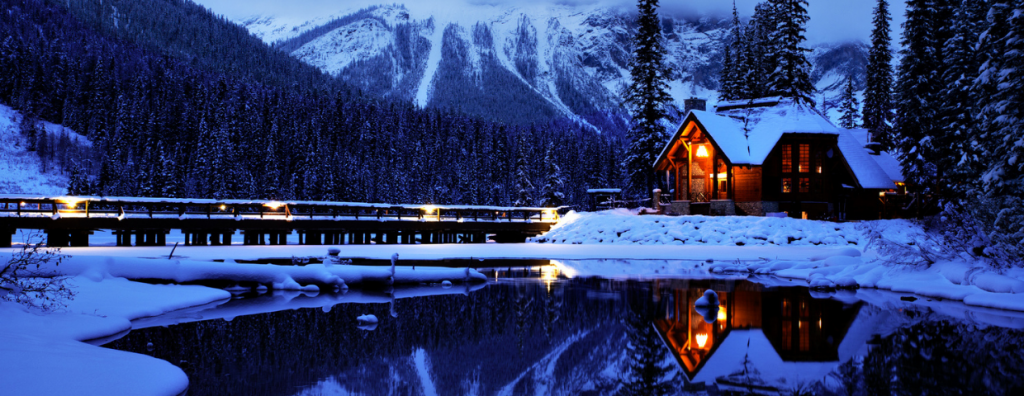After the long days of summer have come and gone and fall is ending, it’s time to begin preparations for winterizing your home. When temperatures begin to dip, your lakeside cabin, seaside cottage or mountain lodge will need some extra TLC to make it through the colder months until spring comes around again. Whether your waterfront property is your vacation home or a primary residence, it’s important to properly winterize it in order to avoid potential damage and to save you time and money.
How to Winterize Your Waterfront Property
Pipes and Plumbing
Burst pipes are often the cause of water damage. Prevent a water damage emergency at your waterfront property this winter by being proactive.
If your waterfront home is your summer getaway, then disconnect your hoses from outside pipes to prevent them from freezing and breaking. If you plan to turn the heat off for the winter, turn off your main water supply and open your faucets. Any water left in your hoses can cause damage, so be sure to drain the hoses connected to your dishwasher, washer, and any other appliances.
If you’ll be calling your waterfront property home for the winter, thoroughly inspect the insulation for both your interior and exterior pipes. Any areas where insulation is lacking could lead to a cracked pipe, which has the potential to cause serious damage and could end up costing a significant amount of money to repair.
Roof and Gutters
Properly winterizing your roof and gutters will help to avoid a buildup of rain, snow, or debris turning into a structural issue. For homeowners with a shingle roof, this is the time to check your roof for any signs of damage and make repairs accordingly. Cracked shingles can be carried off by high winds, torn off in a winter storm, or may fall to the ground after being struck by a fell branch, leaving your roof vulnerable to leaks.
This is especially important if you will be away from your waterfront property all winter. Since you won’t be around, you may not be aware that your roof has been damaged until it’s too late.
For metal roofs, check to make sure everything is screwed down tight. Clear your gutters of leaves and debris. The heavier your gutters become, the more prone they are to leaks, and could potentially rip away from your roof. Keep your gutters clear throughout the winter. Any blockages of leaves, twigs, or ice could lead to a leak, damaging your walls and insulation.
Other Areas
Once your plumbing, pipes, roof, and gutters are properly winterized, look to other areas of your property to prepare for the winter ahead. Check all windows and doors to identify any air leaks. If you identify a leak, be sure to patch it before you take off for the winter—or if you’re staying in the home for the season, before temperatures start to dip. Inspect your home’s insulation and weatherstripping and make replacements as needed.
Bring your patio furniture inside and store them in a safe space to keep them in good condition until spring. Inspect your boat lift and dock. Consider investing in a bubbler or agitator system to keep ice away from your dock if you’re expecting freezing temperatures throughout the winter. Follow proper winterizing guidelines for your boat and any other watercraft you have before covering them or placing them in winter storage.

 Facebook
Facebook
 X
X
 Pinterest
Pinterest
 Copy Link
Copy Link
